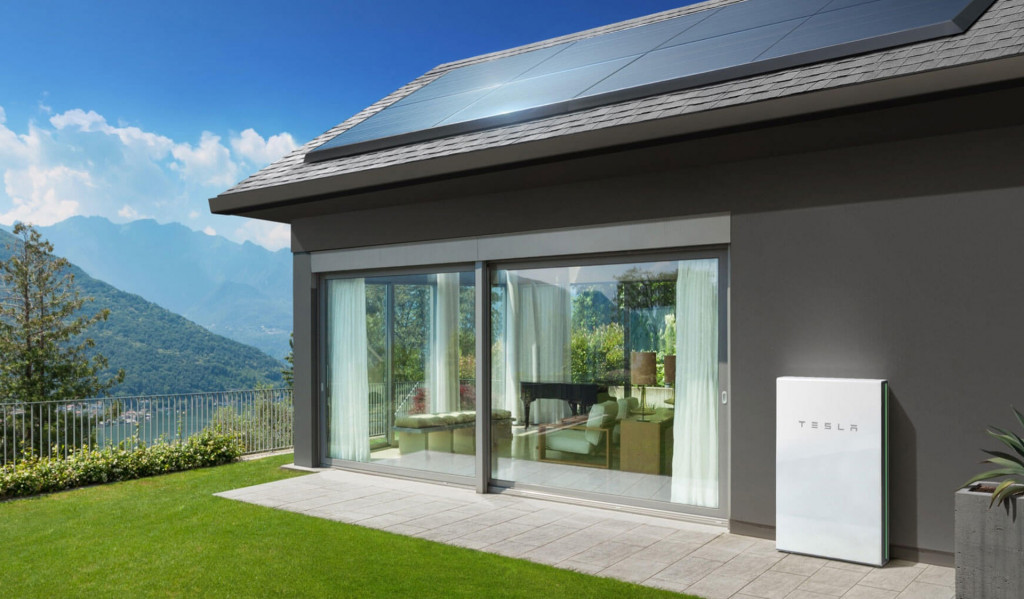Electric-car critics have said that more EVs on the road could stress already overburdened electric power grids past the breaking point.
Now, a study released this week by a California nonprofit suggests that may not be true.
San Francisco-based think tank Next 10 published reports this week that said Governor Jerry Brown's proposal to increase the number of electrified vehicles by more than 13 times wouldn't stress the state's power grid by as much as some have feared. There are 369,000 EVs on the road, according to the group, and Brown has said the state should set a goal for 5 million plug-in electrics (PEVs) by 2030.
The group projects that 3.9 million PEVs would add 15,500 gwh of charging demand, which is roughly 5 percent of the state's current power need.
READ THIS: PG&E, Tesla team up to boost battery backups for power grid
For instance, a Chevrolet Bolt EV that drives 50 miles each day uses less power than an air conditioner uses to cool a three-bedroom home for 3 hours, according to the report.

Home equipped with solar panel and battery storage system from Tesla
To cope with the increased burden of more PEVs, the group says that California will need update and manage PEV charging but said that the benefits of having the clean transportation far outweigh the costs. Those measures would include off-peak charging incentives and smart charging programs, although the authors admit there will be challenges to implement those programs. Specifically, energy storage programs that use the EVs as home batteries to supply electricity to the grid would be costly and complex. Stationary storage programs such as Tesla's Powerwall are a better solution, according to the report.
“If California wants to meet its zero-emission vehicle goals while keeping electricity affordable and reliable, it’s worth considering some policy levers that can help,” Anand Gopal, one of the studies authors, said in a statement.
READ MORE: California utilities commission passes record incentives for chargers
Part of the state's ability to cope with increased demand may be its shift away from investor-owned public utilities toward smaller, residential-sized collectives and home energy programs.
California has more than 800,000 rooftop solar-panel systems and has been adding 100,000 more annually, according to the report. This year, California mandated rooftop solar panels on commercial buildings that could add another 75,000 systems annually.
That type of large-scale adoption will help increased electric demand, although the studies' authors point out that California lags in "demand response," or flexible power provisions when demand is high.
Update: This story has been updated to include a link to the report.













